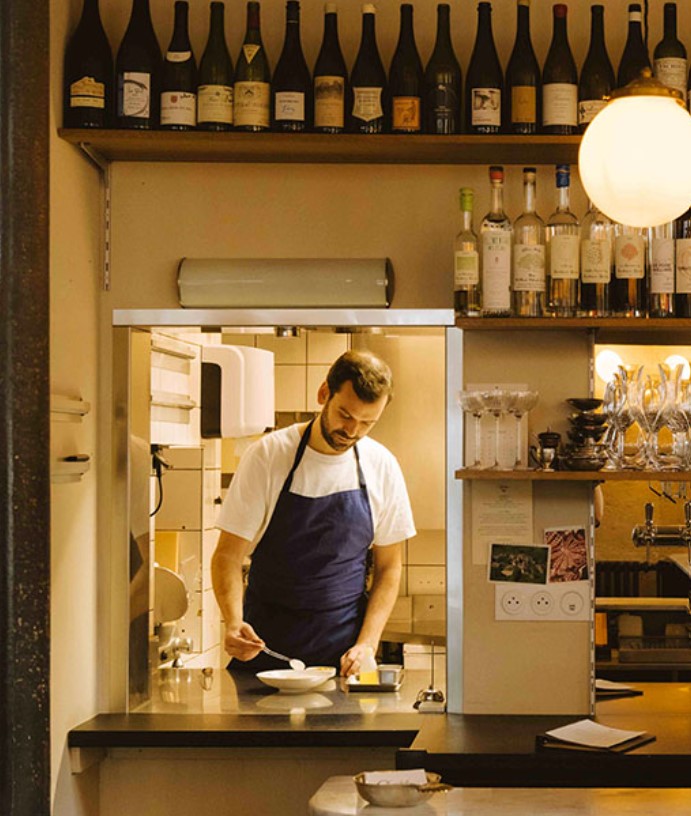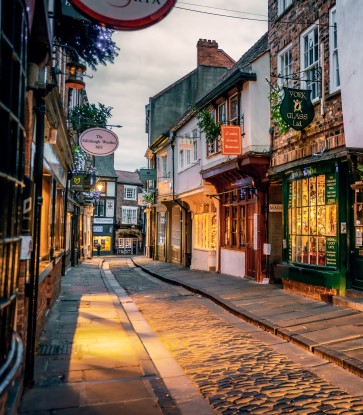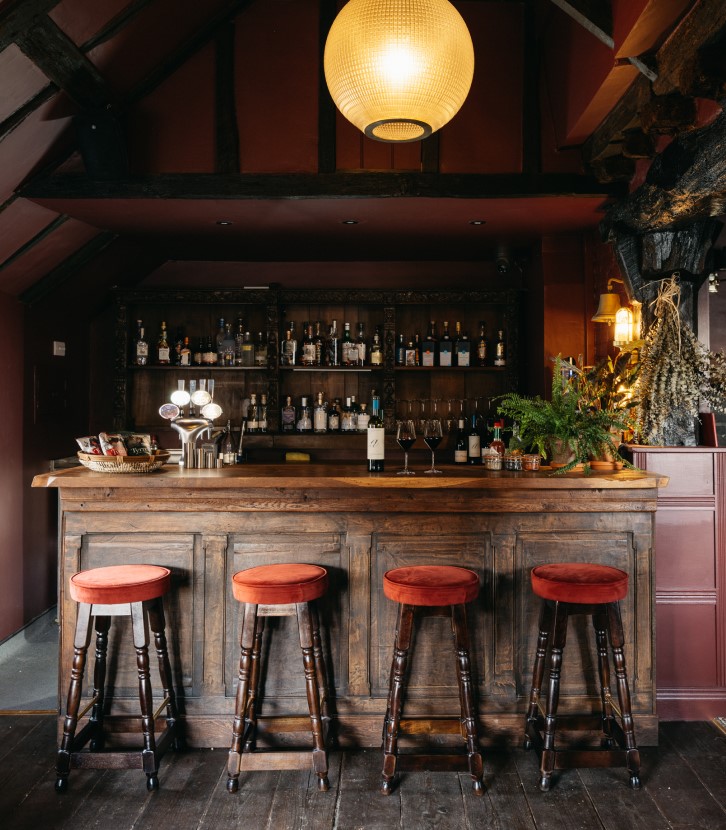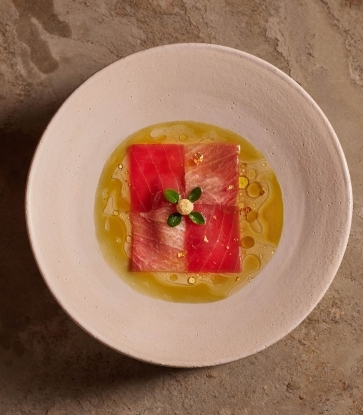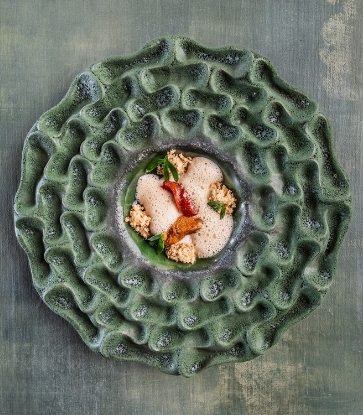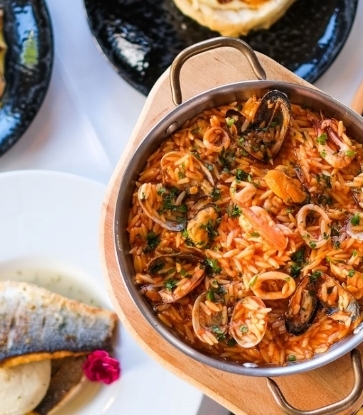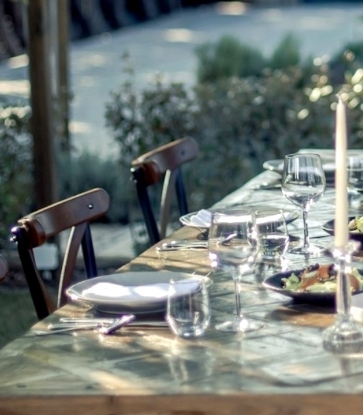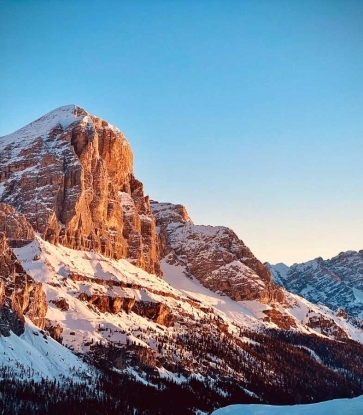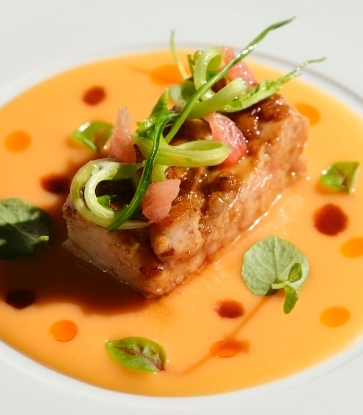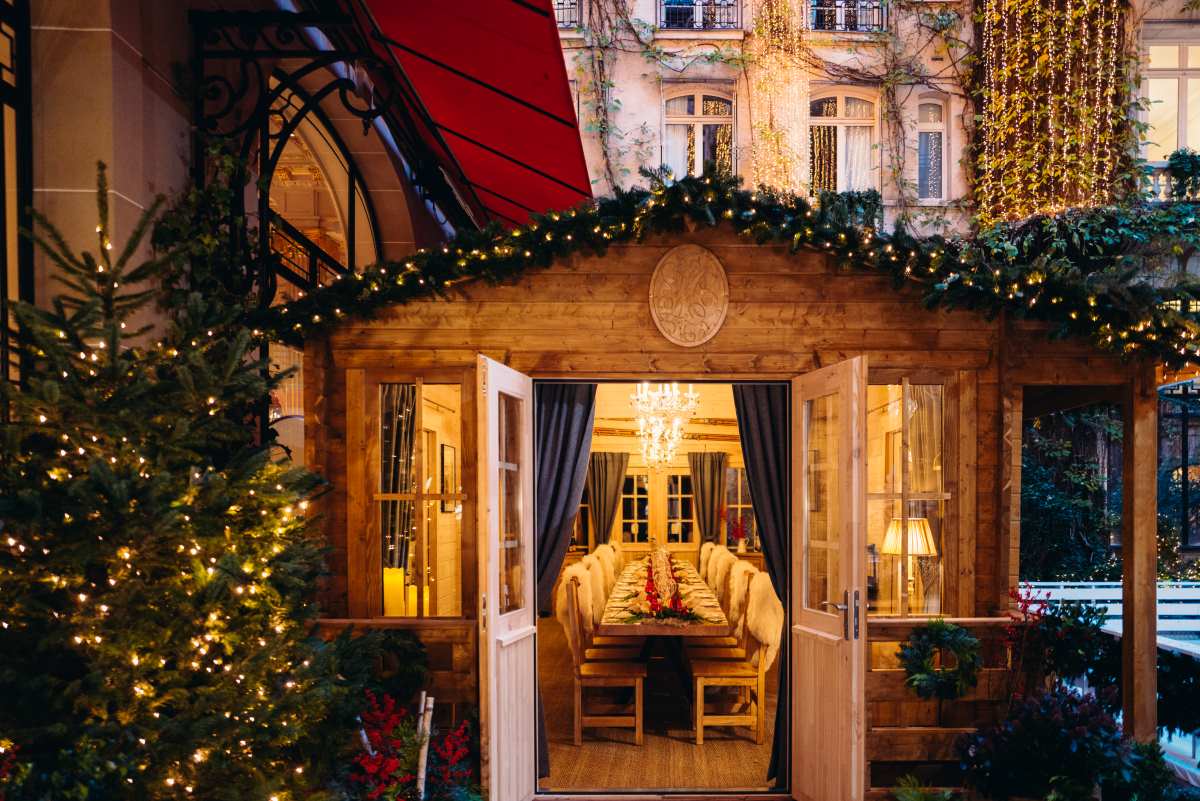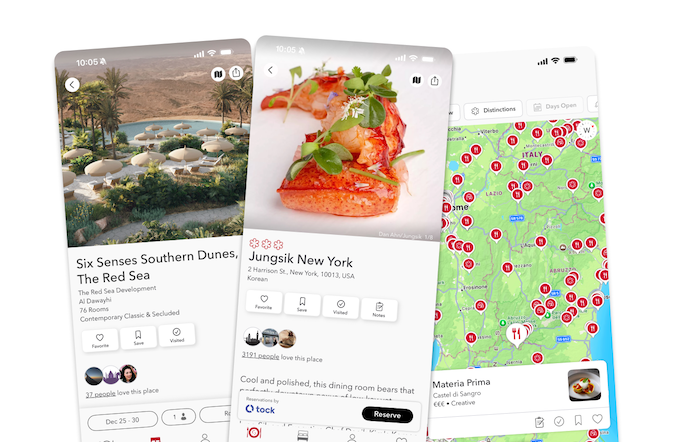
Born in China, Liu moved to Florence fourteen years ago to study fashion at Polimoda, eventually launching her own clothing line. Yet she discovered a deeper passion — and a greater need — in bringing a sense of style and innovation to the otherwise staid world of Florentine food.

Her creative process begin with mood boards, blending visual inspiration with recipes first passed down to her by her grandmother, and expanded with a repertoire of mainly Cantonese and Hong Kong dishes along the way. “The experience of a restaurant should feel like traveling,” she said. “And I want to be your guide.”

What’s it like offering contemporary non-Tuscan cuisine in a conservative food city like Florence?
In the beginning, I started with just a takeaway place for dim sum and dumplings, and a lot of locals didn’t even know what they were, but I had a dream of introducing a new idea of Chinese cooking here. At least there are a lot of international people in Florence — and they understood. Florence has a very conservative food scene, but I can’t cook for everyone. I don’t need 10,000 people to come to the restaurant — I just need my crowd, and Gusto Xinge has found its crowd.
Where do you go in Florence for a great meal that’s a little different from the usual Tuscan fare?
Dalla Lola and Trattoria Cammillo are very traditional but very good, and they have their own cozy hospitality style that I love. For me, hospitality is so important — you want a restaurant to feel like home. I also love Atto di Vito Mollica — the chef is a true maestro of the kitchen. For non-Italian food, I head to our neighbor at Il Gusto Xinge, Haveli — they have great Indian cuisine with a lot of very interesting spices. Otherwise, near Mercato Centrale, Impressione Chongqing is a classic for Sichuan food.
Are there markets, shops, or hidden corners of the city where you find ingredients that inspire your cooking?
It’s not easy to bring something new to food in Florence, as I’m trying to do, because some ingredients are hard or impossible to find. There’s a section at the Mercato Centrale though with stands selling products from India, Indonesia, and other places, where I’ve found amazing spices, vegetables, even banana leaves — perfect for experimenting in the kitchen.
I recently took a cooking class in Bali with a local chef, and I feel inspired to incorporate those flavors into my own cooking. He began the meal by serving a tea with yuzu and essential oils — just a small gesture, but it set the tone, separating the meal from everything that came before in the day. That kind of hospitality — making the whole experience feel very sensorial — is exactly what I want to bring to Gusto Xinge.
Where would you take a friend from out of town for a long lunch that shows off a different side of Florence?
When I have friends visiting, I always take them to the Chianti region, just south of Florence. A stop at Dario Cecchini’s place is a must — not just for the food, which I love, but for the whole experience of getting there. You drive through the Tuscan countryside, past rolling hills and Chianti vineyards, and end up in this tiny town where Dario, the legendary butcher, is usually out on the street, mobbed by a crowd like a rock star. It’s exactly the kind of authentic experience I want to share with my visitors.

When you’re off duty, where do you go for a drink?
There’s a very talented bartender at Giardino25, the bar at Palazzo Gucci — and you’re right in the beautiful Piazza della Signoria, sipping an amazing cocktail. When the weather’s nice, you can sit outside and enjoy the spectacular view. For something more late-night, I like Locale, which is good for an after-dinner drink — the music’s loud, the crowd is lively, and people are ready to dance.
Is there a dish that captures the spirit of Florence for you?
I had my first-ever parmigiana di melanzana in a trattoria in Florence. It’s not a exactly a Florentine dish, but that was my first experience of it, and immediately, I was in love. Now I get it at the Mercato Centrale from one of the restaurants stands upstairs there.
Lampredotto [cow stomach slow cooked in a tomato broth and served on a crusty roll] has also become a big part of my life here. I didn’t like it at first, but my seven-year-old daughter is obsessed. As soon as she opens her eyes, she says she wants lampredotto for breakfast. Now I’ve become a fan too, and we’re regulars at La Buticche di Lampredotto in San Frediano.
Which hotels do you suggest to visitors when they come to town?
I always recommend Palazzo Portinari — the hospitality is top-notch, and of course, there’s the fabulous restaurant of Vito Mollica. And if someone’s up for a real splurge, the Four Seasons is hard to beat — the hotel itself is stunning, the gardens are gorgeous, and the flowers and decorations are always done perfectly, and change frequently.
Where do you go when you want to unwind?
In order to really relax, I need to get out of the city, so I usually head to Borgo San Lorenzo, a small town just north of Florence. The drive along Via Bolognese is beautiful, and there’s a very scenic nature route along the way and around Borgo San Lorenzo. The town itself has a lot to explore, and there’s a wonderful restaurant there called Casa di Prosciutto. They serve incredible tortelli, perfect thin-sliced prosciutto (of course), and a fantastic torta della nonna with fresh strawberries and cream. It’s a tiny, unpretentious place, but the food is truly excellent — just make sure to book ahead!
Hero Image: Xin Ge Liu © Il Gusto di Xinge








